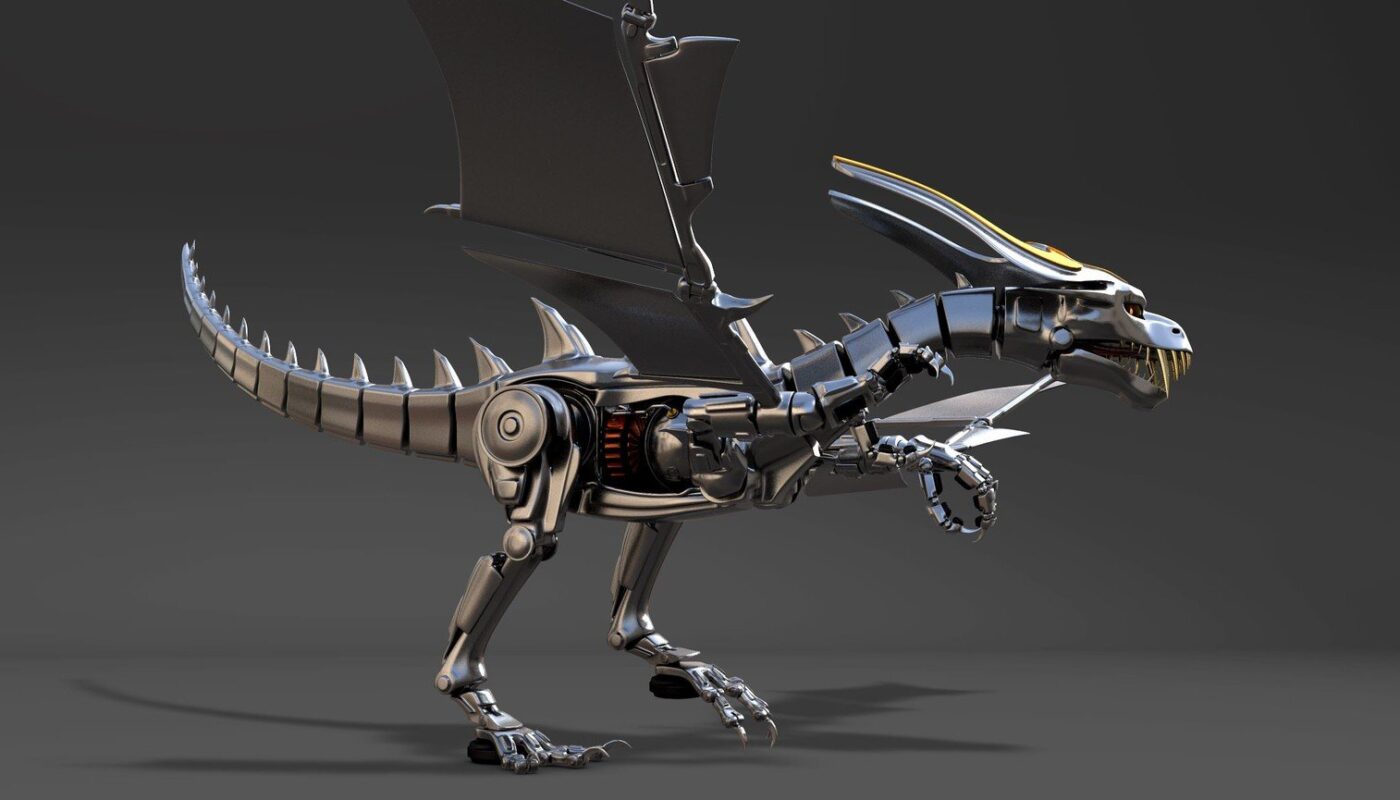Scientists from Japan have developed a groundbreaking firefighter robot known as the Dragon Firefighter. This remotely controllable flying robot is designed to extinguish fires in buildings from a safe distance, making it an invaluable tool for firefighting teams worldwide. The blueprint and plans for the Dragon Firefighter have been published in Frontiers in Robotics and AI, granting roboticists the freedom to build their own versions for the benefit of all.
Joint corresponding author Dr. Yuichi Ambe, an assistant professor at Osaka University, explains that the Dragon Firefighter is a four-meter-long robot equipped with a firehose. Its unique design allows it to approach fire sources directly, safely, and efficiently to extinguish fires in buildings. The research team, led by Prof Satoshi Tadokoro’s laboratory at Tohoku University, collaborated with Japanese firefighters to understand their specific needs during the development process.
The Dragon Firefighter operates by propelling its firehose upward, flying at two meters above the ground. It achieves this using eight controllable jets of water emanating from its center and head. The robot’s firehose can change shape and be oriented towards the flames. It is steered by a control unit located in a wheeled cart connected to a fire truck with a sizable 14,000-liter water reservoir. The nozzles on the firehose release water at a rate of 6.6 liters per second, with a pressure of up to one megapascal. Additionally, the hose’s tip features a conventional and thermal imaging camera to assist in pinpointing the fire’s location.
The Dragon Firefighter underwent its first real-world test at the opening ceremony of the World Robot Summit 2020 (WRS2020) in Fukushima in September 2021. During the ceremony, the Dragon successfully extinguished the ceremonial flame, which consisted of fireballs ignited by another robot, from a distance of four meters. The study not only details the robot’s design but also discusses the lessons learned from this initial demonstration and subsequent improvements made.
Dr. Yu Yamauchi, an assistant professor at Akita Prefectural University and another corresponding author, states that since the demonstration, the team has continued working on enhancing the Dragon Firefighter and gaining valuable insights. They discovered that the original passive dampening mechanism, designed to counteract the robot’s body oscillations, was impractical due to the long preparation time required for flight. They also identified an issue with the corrugated tube, which holds the water hose and electric cables, experiencing plastic deformation due to the heat from fires in outdoor applications.
The study highlights various improvements made to the Dragon Firefighter, including enhanced waterproofing, a nozzle unit capable of handling a wider range of forces, and an improved mechanism for channeling water flow. However, the team acknowledges that further development is necessary. They estimate that it will take approximately ten more years to deploy the robot in real-world firefighting scenarios. One of the primary challenges they aim to address is extending the robot’s reach beyond ten meters. They also emphasize the importance of developing firefighting tactics tailored to the unique capabilities of the Dragon Firefighter.
The Dragon Firefighter represents a significant step forward in firefighting technology, providing a safe and effective solution for combatting fires in buildings. With ongoing advancements and continued collaboration between scientists and firefighting professionals, this innovative robot holds immense potential to revolutionize firefighting operations and save lives in the future.
*Note:
1. Source: Coherent Market Insights, Public sources, Desk research
2. We have leveraged AI tools to mine information and compile it




